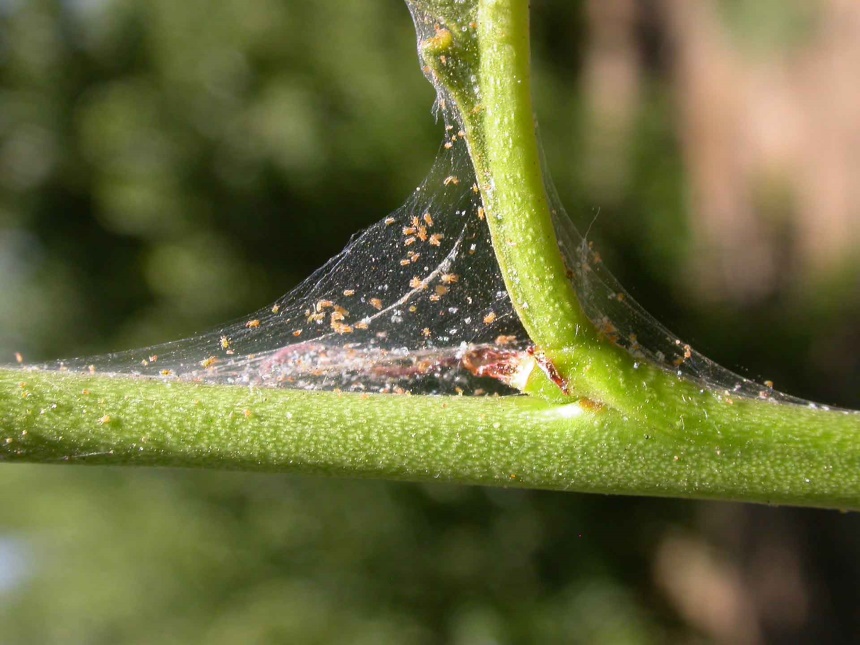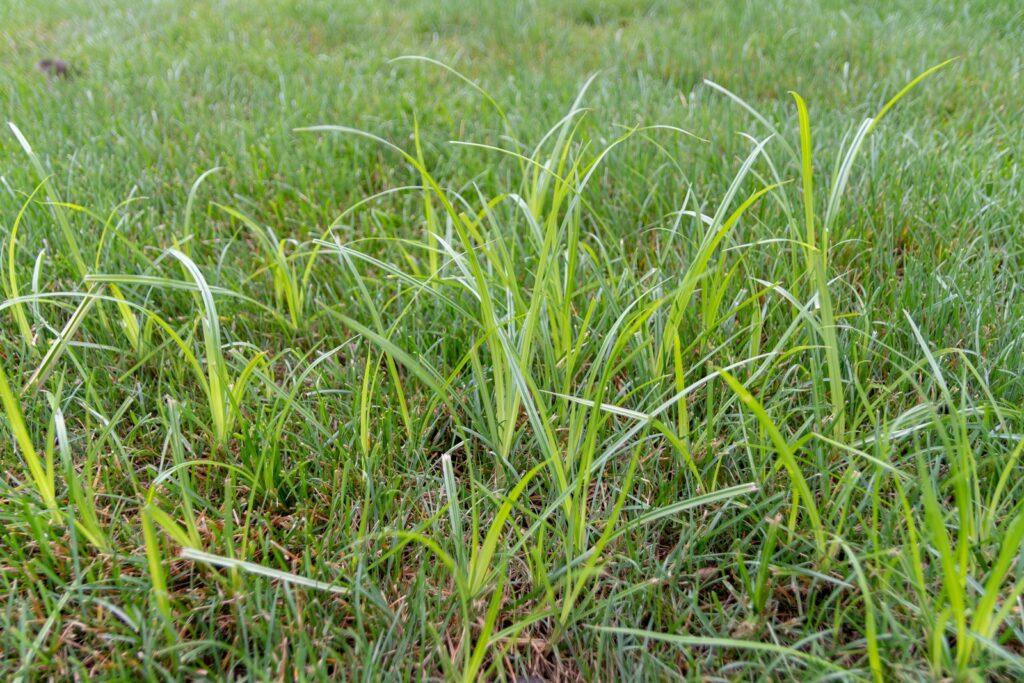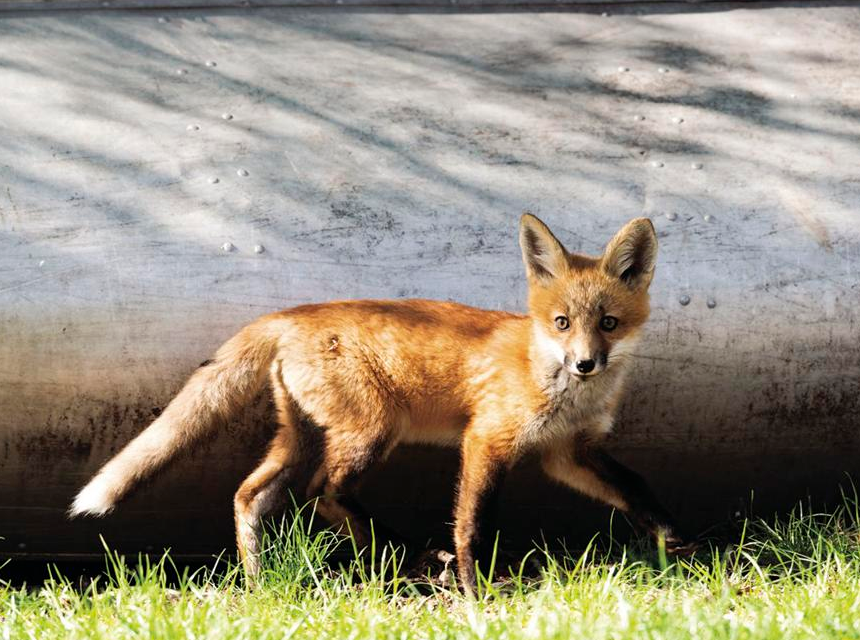

Caterpillars are all cute and fuzzy, especially when they turn into beautiful moths and butterflies, but they can cause substantial damage to your garden. The hungry-leaf eating worms will quickly destroy your plants and devour all the good parts of vegetables and fruits. Caterpillars are more prevalent around late summer and early fall. There are thousands of caterpillar species; some are only found in certain climates or geographic areas, and others are ubiquitous in geography and climates and are found worldwide.
Most gardeners assume caterpillars are an unavoidable nuisance in their gardens, yet there is much they can do to stop the greedy pests from damaging their crops. This article has all the pro tips on how to get rid of caterpillars. Read on to know more about the harm caterpillars can do, the signs of an infestation, and how to prevent a future one.
Different types of caterpillars can cause damage to the plants in your garden in different ways.
These, unlike most caterpillars, spend much of their day in hiding, either underground or in protected areas of the host plant. At night, they feed on foliage, chew holes in the stems of older vegetables, or clip nearby seedlings at ground level. Their main target is usually vegetables, but they can also destroy ornamentals.
These are the most common caterpillars, and you will easily spot them feeding on leaves voraciously. When young, they feed in clusters, chewing the surface layers of tissue, then go on their own to consume the entire leaf from the edge inwards when they grow older. Although leaves are their main target, some foliage feeders chew on flowers, fruits, and anything tender. However, most foliage feeders are host specific and can only certain landscape plants or a few plant families.
These are notorious fruit feeders, and they damage living foliage by folding leaves together and tying them with silk. The small caterpillars feed from the safety of the nests they make by folding the leaves. They expand the nests as they grow.
Like foliage-feeders, leaf rollers are host-specific and can only defoliate plants when their numbers are large.
Borer moths lay eggs on areas where the bark of specific plants is damaged. When the larvae hatch, they begin burrowing into the tree and depending on the species, can tunnel to the tree’s cambium. Extensive burrowing can cause the trees’ branches to weaken and fall or interfere with the food and water transporting tissues, starving the tree slowly.
Catching an infestation early on can go a long way in preventing the extensive damage that caterpillars can cause on your garden. Here are clear signs of a caterpillar infestation;
If you spot moths near your crops or hopping from one plant to another in your garden, it is highly likely you have a caterpillar infestation. Most moths lay their eggs on plants’ leaves, and when they hatch into larvae (caterpillars) several days later, they begin to feed on the plant, causing extensive damage. Read our article on how long moths live to understand their lifecycle better.
If you visit your garden often, you are likely to catch a few caterpillars in action, eating your flowers, fruits or vegetables leaves.
You may not be able to catch caterpillars foraging your plants voraciously but they sure do leave evidence of their invasion. If you see chewed leaf parts, holes in your fruits or drying leaves that are turning brown, it is likely that you have a caterpillar infestation.
As mentioned earlier, moths lay eggs on the host plant. You may spot eggs on plant parts, but be extra keen as you may confuse the eggs with other insects’ eggs.
Science Direct defines frass as the by-product of insect breeding and leftover substrate that consists of feces, cuticles and spent feedstock. It looks like tiny grains of black pepper and it can never miss anywhere caterpillar feed and live.
Caterpillars are bad news, but there are plenty of ways of getting rid of them. Try any of these techniques to deal with a caterpillar infestation in your garden;
According to an article by Missouri Botanical Garden, the best strategy for controlling caterpillars is to handpick them, especially if you notice an infestation early. Go to the garden every day when the troublesome caterpillars are feeding then pick them one by one and drop them into a bucket of soapy water. Even when you feel you have picked all of them, continue checking the plants for newly hatched larvae.
SFGate defines Botanical BT (Bacillus thuringiensis) as a type of bacteria that occurs naturally in the soil. It is commonly used by gardeners as organic pest control and is highly effective against caterpillars if applied correctly. Botanical BT is most effective against caterpillars if applied when the caterpillars are young. Apply it in the evening when all the caterpillars are out to ravage your plants. Be sure to coat the plant parts to target all the caterpillars including those in hiding.
Many insects that are beneficial to the garden are caterpillar predators. The majority of them are also predators. One way to ensure these beneficial insects visit your garden is to grow lots of blossoming plants that will attract them. You can also keep chickens in your yard to help control the caterpillar population in your yard.
Chickens love hunting for caterpillars, but if you do not know how to hunt, you can bring them a few caterpillars to entice them.
If you have a large infestation that none of the methods above can control, you can use an insecticide. DiPel Pro DF is the most acclaimed biological insecticide that is highly effective against various types of caterpillars. It contains 54% BT, is OMRI listed and has no time-to-harvest restrictions.
The Pylon miticide insecticide is another prime option. It is a broad-spectrum product that offers exceptional control of many greenhouse pests, including caterpillars.
As with all pests, prevention is better than dealing with infestation. You don’t have to resort to using harmful chemicals to keep caterpillars at bay. There are myriad natural methods of preventing a caterpillar infestation and they include:
Moths are attracted to lights. Try not to have lights on in your garden at night to avoid attracting moths. If they are not around, they won’t lay eggs and you won’t have any caterpillar.
You can also grow companion plants with strong smells like peppermint, lavender, sage and mugwort to deter caterpillars. This works for other pests like gophers and voles. If you have an infestation and have no idea how to handle it, read our detailed articles on how to get rid of gophers and how to get rid of voles for pro tips.
Insects are great survivors and can easily establish themselves in your garden, but if you switch up the crop varieties and locations it gives butterflies and moths a hard time settling.
You can use protective materials like porous netting to protect your plants from caterpillars. This method’s only downside is that it can only work if you are sure no eggs were laid on the plants before you lay the protective material.
Caterpillars could be the worst thing to happen to your beautiful flower, fruits or vegetable garden, but you can easily get rid of them, especially if you catch the infestation early. Our guideline on how to get rid of caterpillars has the best organic and effective ways of controlling caterpillar population in your garden. All the techniques are proven to stop caterpillar activity if done correctly and consistently.
If you feel you are not in a good capacity to handle a caterpillar infestation, you can get professional help from a pest control expert. They will offer the best solution after assessing the infestation, and also give you tips on how to prevent the ravenous pests from invading your garden in the future.





